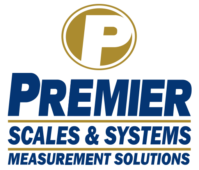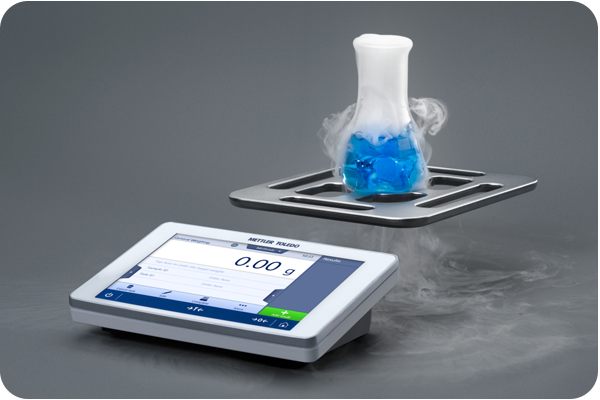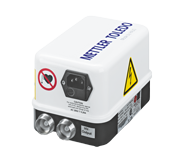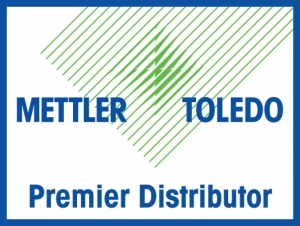The Challenge of
Hazardous Area Weighing
Hazardous areas present a complex landscape within industrial settings, characterized by the presence of volatile substances and heightened safety risks. Addressing the dual imperatives of safety and precision within such environments necessitates the deployment of specialized equipment tailored to withstand these unique challenges. As we embark on this exploration into hazardous area weighing, it becomes apparent that conventional solutions are inadequate in mitigating the inherent dangers posed by flammable gases, vapors, or combustible dust. Through decades of experience and innovation, industry leaders have engineered a new frontier of weighing technologies, purpose-built to navigate these hazardous terrains with unparalleled accuracy and reliability.
Understanding Hazardous
Area Weighing
Hazardous areas pose significant challenges in terms of safety due to the presence of flammable gases, vapors, or combustible dust, necessitating rigorous safety protocols and specialized equipment. Traditional weighing devices, while effective in standard environments, fall short in hazardous zones due to the inherent risk of sparks or static discharge, which could trigger catastrophic incidents. Hazardous area weighing solutions represent a paradigm shift in industrial safety, meticulously engineered to mitigate these risks while upholding the highest standards of accuracy and reliability. Through innovative design features such as intrinsically safe components, robust enclosures, and advanced grounding mechanisms, these solutions ensure that weighing operations can be conducted with utmost confidence even in the most volatile environments. Governing these solutions, in North America, a classification system is used based upon the National Electrical Code (NEC) as published by the National Fire Protection Association (NFPA). North American classifications are broken down into: Classes, Divisions, Groups and Temperature codes.
Classes:
- Class I: Refers to Flammable Gases and Vapors (further divided into Groups A-D).
- Class II: Refers to combustible and electrically conductive dusts (further divided into Groups E-G).
- Class III: Refers to fibers and flyings such as wood chips (Class III is a singular designation and is not subdivided with Groups).
Divisions:
- Division 1: Refers to the presence of the hazardous material during normal operating conditions and indicates that a hazardous condition is expected to exist all or most of the time.
- Division 2: Refers to the presence of hazardous materials under abnormal conditions, such as during container failures, leaks or system failures. In this case, a hazardous condition is NOT expected to exist at all times and only under unusual conditions where hazardous materials would not normally be exposed to equipment.
Groups – Gases/Vapors:
- Group A: Refers only to Acetylene, which has an extremely high explosion pressure.
- Group B: Refers to Hydrogen, and other gases with similar explosive properties.
- Group C: Refers to Ether, Ethyl, and Ethylene gases, and other gases of a similar potential.
- Group D: Refers to Gasoline, Acetone, Ammonia, Benzene, Butane, Methanol, Propane and other more commonly encountered compounds.
Groups – Dust:
- Group E: Refers to conductive combustible metal dusts such as Aluminum and Magnesium as well as alloys made from these materials.
- Group F: Refers to carbon type dusts such as Coal, Charcoal, Carbon Black, and similar materials.
- Group G: Refers to organic and synthetic dust compounds such as Flour Dust, Sugar Dust, Starch, Wood, Plastics, Composites, and dust from chemically derived materials.
Temperature Codes:
- Temperature ratings specify the maximum surface operating temperature of electrical equipment.
- Temperature Codes cover a range of temperatures ranging from highest to lowest, and relate to the suitability of equipment for use with various materials according to ignition temperature.
By seamlessly integrating cutting-edge technologies with uncompromising safety standards, hazardous area weighing solutions empower industries to maintain operational continuity while prioritizing the well-being of personnel and safeguarding critical assets against potential hazards.










